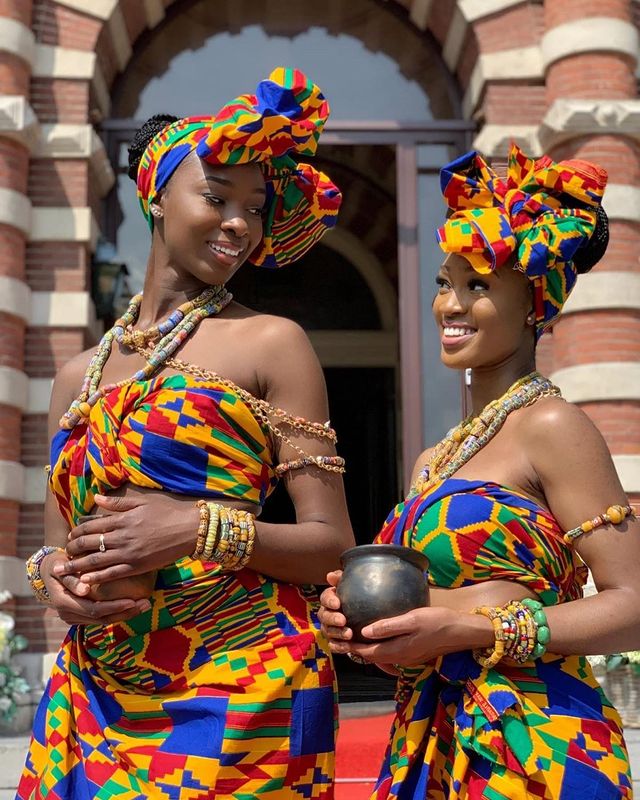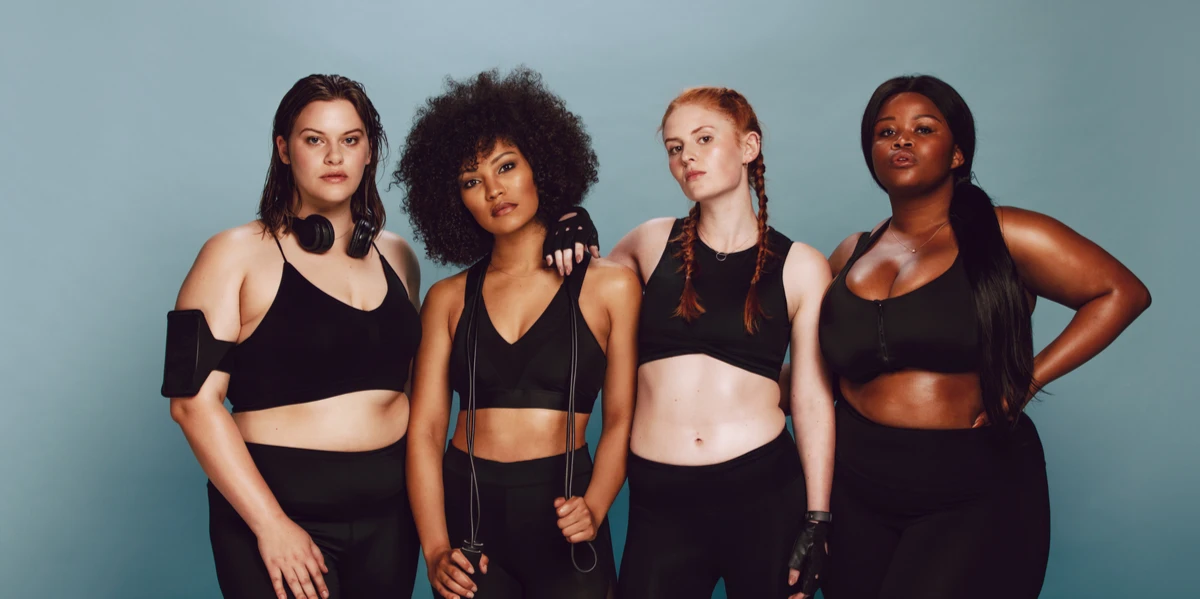The Art of Nudity: Nudity in photography has long been a subject of both admiration and debate. At its core, nude photography is an artistic exploration of the human form—its curves, imperfections, expressions, and raw beauty. It can be deeply intimate, powerfully political, and aesthetically appealing. Far from being purely provocative or erotic, nude photography often transcends those interpretations to reveal something much deeper: humanity at its most honest.
A Brief History of Nude Photography
From the moment photography first appeared in the 19th century, the human body became a subject of fascination for artists. Early nude photographs were often made in imitation of classical painting, imitating the poses and symbolism of Renaissance and Baroque artworks. These photographs sought to elevate nudity from mere exposure to a higher artistic level, borrowing legitimacy from the fine art tradition.
As photography developed, the representation of the naked body also increased. In the 20th century, pioneers such as Edward Weston, Imogen Cunningham, and Bill Brandt pushed the boundaries with striking works that treated the body as an abstract form, exploring light, shadow, and structure. Helmut Newton, Nan Goldin, and Robert Mapplethorpe later incorporated unconventional sexuality, subversion, and personal narrative into nude portraiture, challenging viewers to confront their own biases and discomforts.
Nudity as Expression and Exploration
The art of nude photography lies not in undressing a subject, but in revealing them. A well-executed nude photograph doesn’t just show skin—it captures emotion, vulnerability, strength, or defiance. It asks questions: Who is this person? What are they feeling? What do their postures, gazes, or stillness communicate?
Many photographers view nudity as a form of storytelling. Whether exploring themes of identity, body positivity, aging, or gender fluidity, nude imagery often carries layers of meaning. The absence of clothing removes cultural connotations such as fashion and status, allowing the viewer to more directly engage with the essence of the subject.

The Role of Consent and Trust
Nude photography is a collaborative process built on trust. It requires clear communication, mutual respect, and full consent. The relationship between photographer and subject plays a crucial role in the final image—whether it conveys ease and comfort, or feels distant and formal.
In professional settings, models are often given the power to direct the shoot, provide boundaries for opinions, and provide voice. In principle, nude photography can be a liberating experience for the subject—an opportunity to reclaim their bodies and celebrate their individuality.
Beauty in Imperfection
In an age where digital perfection prevails, authentic nude photography has become an act of resistance. It challenges normative standards by embracing cellulite, scars, wrinkles, and natural body shapes. This celebration of imperfection resonates with viewers seeking reality in an overly filtered world.
Photographers who document the human form in all its diversity contribute to a broader discussion about body acceptance and self-worth. Their work helps to dispel the myth that beauty is only one type of body.
Art vs. Erotica: An Ongoing Debate
One of the enduring challenges of nude photography is the blurred line between art and erotica. What some see as tasteful composition, others may interpret as explicit. This tension often reflects cultural attitudes, personal comfort levels, and social norms surrounding sexuality and modesty.
The purpose behind the image—and how it is presented—plays a major role in its interpretation. Galleries, museums, and publications often determine the “artistic” merit of an image based on context, composition, and thematic depth. However, many artists intentionally disrupt these distinctions, using nudity to provoke thought, invite discomfort, or celebrate unapologetically desire.
The Digital Age: Freedom and Censorship
In today’s digital age, photographers face new opportunities and limitations. Social media has opened up platforms for emerging artists to share their work with a global audience, but it also imposes strict guidelines that often censor nude content—even when it is clearly artistic.
This has reignited discussions about who determines what is appropriate and how algorithms can erase the voices of marginalized voices, especially BIPOC, LGBTQ+, and plus-sized subjects. As a result, some photographers are turning to independent platforms and virtual exhibitions to protect artistic freedom and creative integrity.
Nude photography, when purposefully and carefully crafted, is much more than just the depiction of the naked body—it is an art form that captures the complexity of human beings. It invites us to look beyond the surface, confront our judgments, and embrace the beauty of vulnerability.
Through light, lens, and perspective, photographers continue to honor the human form in ways that are timeless, bold, and deeply moving. In doing so, they remind us that nudity is not just a state of undress—it is a powerful language of identity, expression, and truth.
Read also: The Power of Nudity: Body Positivity and Self-Acceptance
![]()





